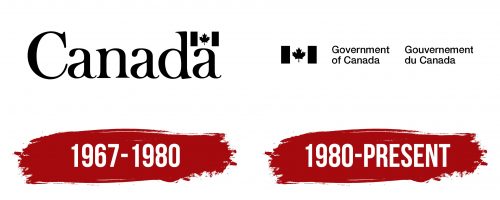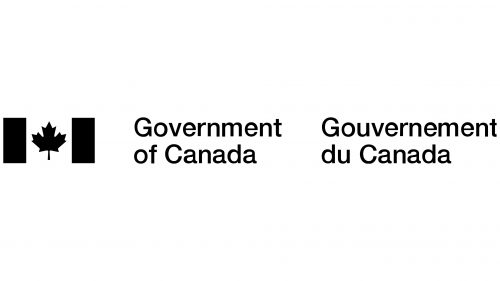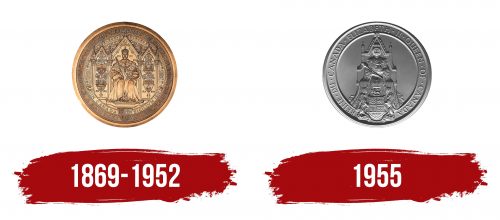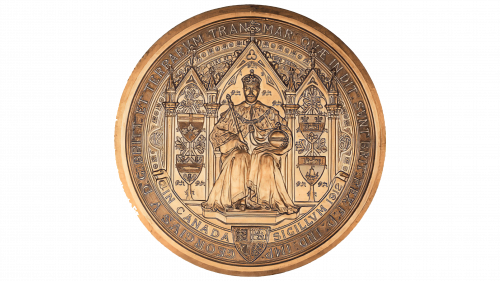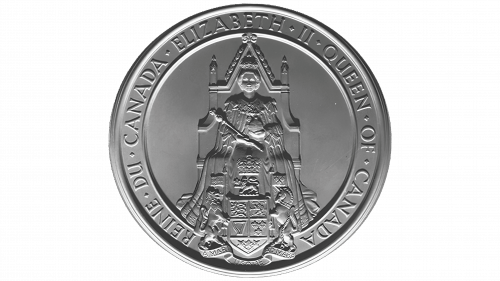Government of Canada: Brand overview
Located in North America, Canada began its political journey as a British colony. It was not until 1867 that Canada was granted dominion status and a level of self-government due to the passage of the British North America Act, which laid the foundation for the Canadian parliamentary system. That same year, the first Parliament was inaugurated in Ottawa, marking the establishment of a new federal structure of government. Sir John A. Macdonald assumed the position of prime minister of the country for the first time.
Despite this move toward autonomy, the British monarch, introduced in 1867 by Queen Victoria, remained the ceremonial head of state, with the governor general serving as the local representative of the crown. Over the years, Canada methodically forged its independent path, notably taking control of foreign policy in the early 20th century. By 1931, Canada had gained full legislative sovereignty.
An important milestone was the Constitution Act of 1982, which symbolized Canada’s final step toward political independence. This act transferred control of Canada’s constitution from Great Britain to Canada. As a result, modern Canada became an independent democratic state. As a sign of respect for its historical ties, Canada continues to recognize the British monarch as the ceremonial head of state. The country is governed by a Prime Minister who presides over the Parliament of Canada.
The overarching federal government, located in Parliament Buildings in Ottawa, is responsible for national legislation, defense, foreign policy, and other important public issues. In contrast, regional matters are the responsibility of provincial governments. Canada’s parliamentary system and its democratic spirit are a testament to its enduring heritage and robust structure, inspiring many countries around the world.
Meaning and History
1867 – 1980
1980 – today
The logo prominently features the name of the government entity in both English (“Government of Canada”) and French (“Gouvernement du Canada”), showcasing Canada’s bilingual nature. There are no differences in font or style between the two languages, emphasizing unity and consistency. Both names are presented in two black lines with rounded, sans-serif letters spaced significantly apart to maintain clarity.
The Canadian flag is depicted in monochrome to the left of these names, making it stand out against the white background. This simplified flag version, focusing on the iconic maple leaf and two vertical rectangles, symbolizes Canada’s identity and values.
This logo design effectively communicates the government’s official status while respecting the country’s linguistic diversity. The equal treatment of English and French texts alongside the national symbol speaks volumes about Canada’s commitment to inclusion and cultural respect. The choice of a monochrome flag and the simple, bold typography used for both languages highlight the government’s professionalism and accessibility. Through this design, the logo not only represents the government entity but also embodies the spirit of Canada, with its emphasis on unity, respect for diversity, and national pride.

